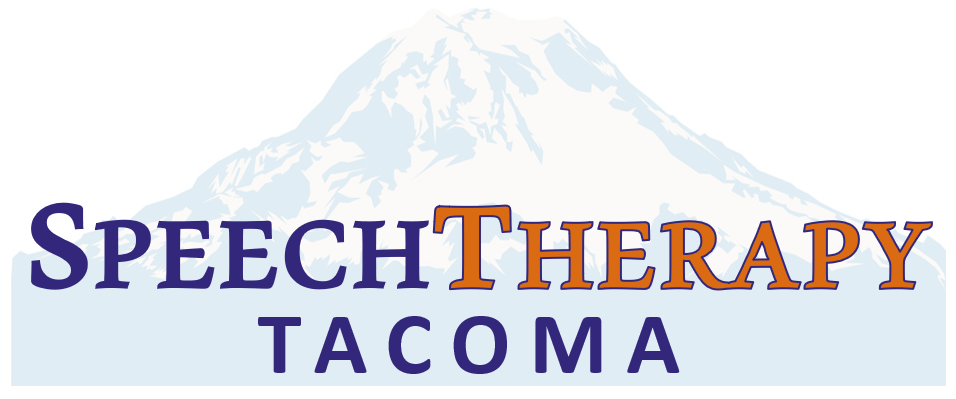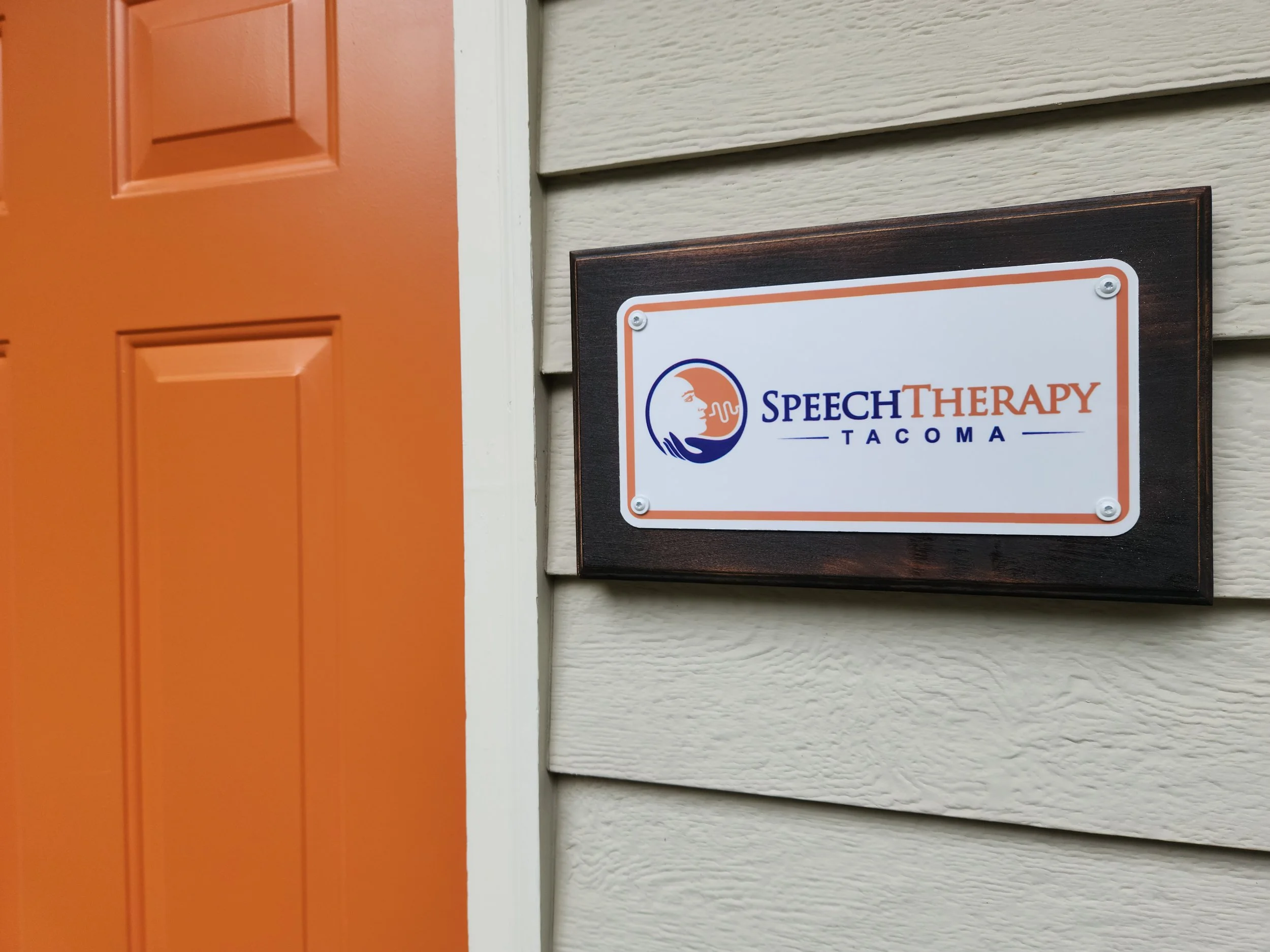Neuroplasticity
In stroke and brain injury recovery, neuroplasticity refers to the ability of the brain to rewire or reorganize itself after injury. Various studies over the past decade have shown that the adult brain can "rewire" itself when damaged.
Neurogenesis
Studies have also shown that the adult brain can create new neurons, a phenomenon called neurogenesis. These new neurons require support from neighboring cells, blood supply, and connection with other neurons to survive. Certain requirements must be met during rehabilitation for neurogenesis and neuroplasticity to actually change the brain.
How Does it work?
Rehabilitation involving neuroplasticity principles requires repetition of specific tasks to be effective. What this means for the person having speech therapy after a stroke is that going to see your therapist for a one-hour visit (or even a 3 hour visit) is not enough to lead to changes in the brain. Speech therapy alone is not enough! A person must continuously use the strategies and techniques learned in therapy and do the exercises outside of therapy sessions in everyday life to drive changes in the brain.
A good comparison is how one learns a foreign language. You can take classes, or even listen to recordings. But if you want to actually speak that language and be able to have conversations, you must practice! Alot.
A person must take control of their stroke recovery process and be willing to invest time and energy if they want to see change, especially with a moderate to severe stroke. It's also important to keep using skills learned - "use it or lose it!"
To better understand how this works, we look to the research published by Kleim & Jones that outlines the 10 principles of experience-dependent neuroplasticity:
1. Use it or lose it
The skills we don’t practice often get weaker.
2. Use it and improve it
The skills we practice get better.
3. Specificity
We must skillfully practice the exact tasks we want to improve.
4. Repetition matters
We must do a task over and over again once we’ve got it right to actually change the brain.
5. Intensity matters
More repetitions in a shorter time are necessary for creating new connections.
6. Time matters
Neuroplasticity is a process rather than a single event, with windows of opportunity opening for different skills at different times. In rehabilitation, starting earlier is usually better than starting later.
7. Salience matters
To change the brain, the skill we’re practicing must have some meaning, relevance, or importance to us.
8. Age matters
Younger brains tend to change faster than older brains, but improvement is possible at any age.
9. Transference
Practicing one skill can result in improvement of a related skill.
10. Interference
Learning an “easier way” of doing something (i.e. a bad habit or compensation) may make it harder to learn the proper way.
Contact us
for a FREE phone consult
We will discuss your situation
Get all your questions answered
Plan the next steps
There is NO COST or OBLIGATION
for this initial phone call.

